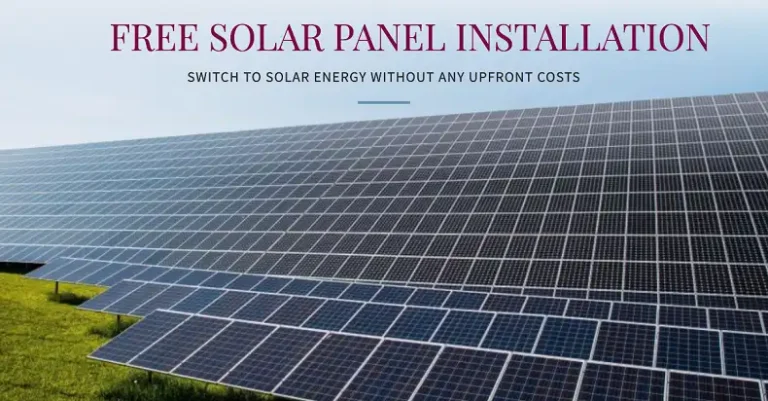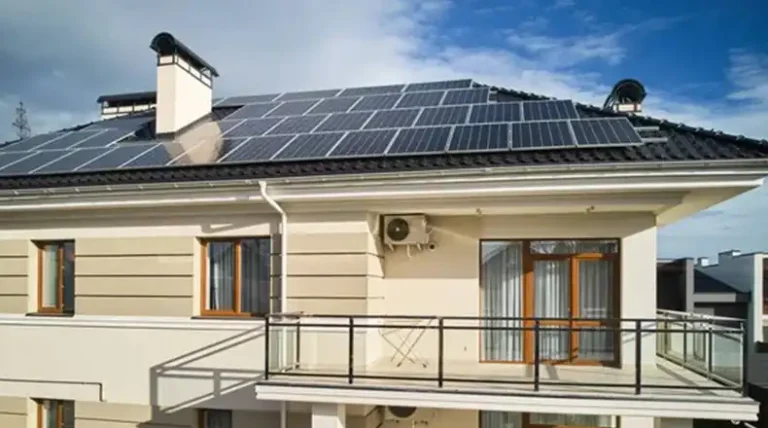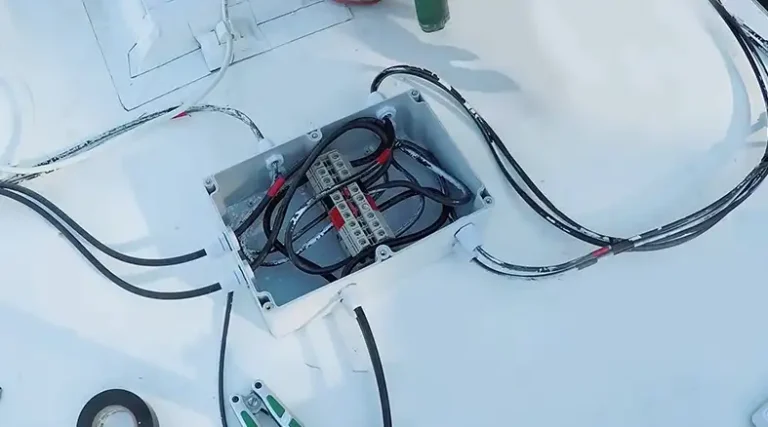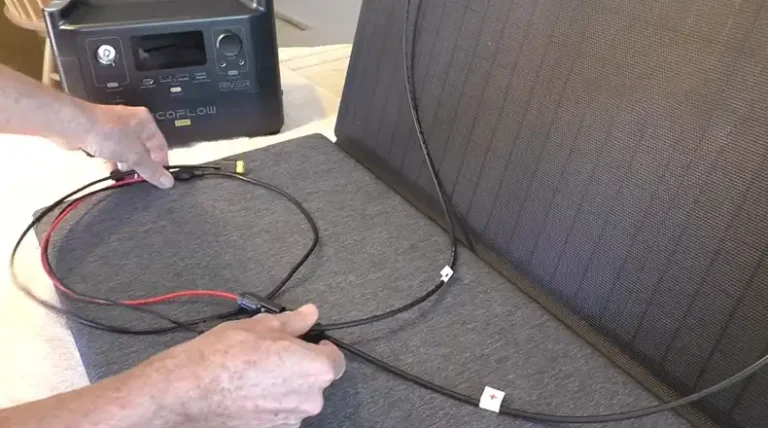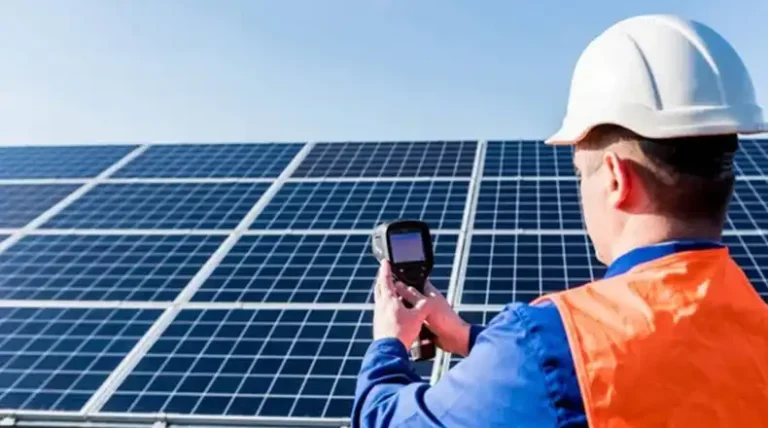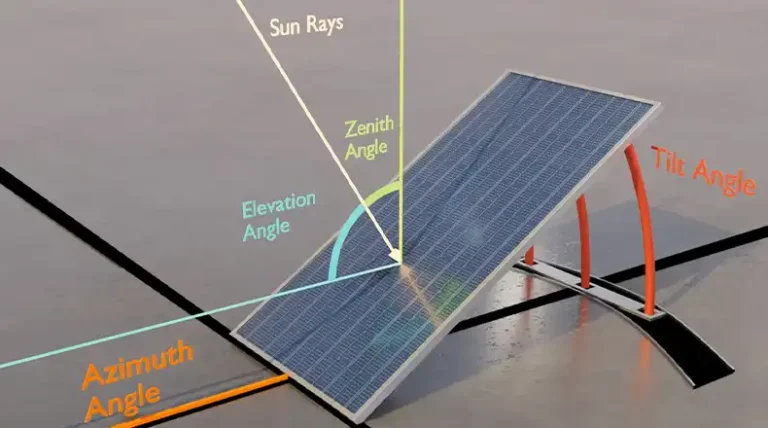Protecting Solar Panels from Hail and Extreme Weather | Complete Guide
Hail and bad weather can be a real headache for solar panel owners. I know because I’ve been there! It’s scary to watch hailstones bouncing off your expensive solar panels. But don’t worry, there are ways to keep them safe.
In this article, I’ll share some simple tricks to protect your solar panels from hail and other nasty weather. These tips aren’t just about saving money. They’re about making sure your panels keep working well for a long time. Let’s find in detail together!
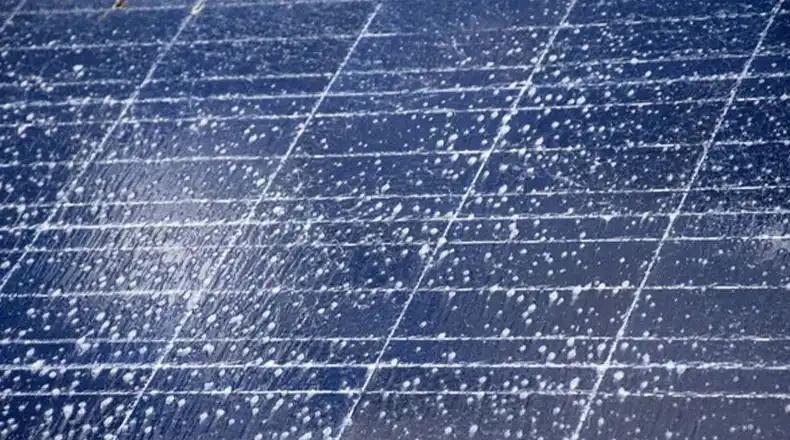
Things Can Be Done for Protecting Solar Panels from Hail
When it comes to safeguarding your solar panels, you’ve got options. Let’s get into some of the most effective methods to keep those energy-generating beauties safe and sound.
Tempered Glass Protection
Let’s start with the basics. Most solar panels these days come with tempered glass as standard protection. It’s like giving your panels a suit of armor!
Tempered glass is no ordinary glass. It’s heat-treated to make it about four times stronger than regular glass. This process also changes how it breaks. Instead of shattering into large, dangerous shards, tempered glass crumbles into small, relatively harmless pieces. It’s like the difference between stepping on a LEGO brick (ouch!) and stepping on sand (phew!).
But here’s the kicker – while tempered glass offers excellent protection against small hailstones, it might not be enough for those golf ball-sized monsters. That’s where our next options come in handy.
Use Temporary Covers
Sometimes, the best defence is a good offence. Or in this case, a good cover. Temporary covers are like raincoats for your solar panels. They’re not meant to be used all the time, but they’re fantastic for when severe weather is on the horizon.
1. Hard Shell Covers
Hard shell covers are the bodyguards of the solar panel world. They’re tough, durable, and ready to take a beating so your panels don’t have to.
These covers are typically made from sturdy materials like polycarbonate or reinforced plastic. They’re designed to fit snugly over your panels, creating a protective barrier against hail, falling branches, and other airborne debris.
The best part? Many hard shell covers are clear or translucent, allowing some sunlight to pass through. So even if you forget to remove them right after the storm (hey, it happens to the best of us!), your panels can still generate some power.
2. Padded Covers
If hard shell covers are bodyguards, padded covers are more like protective bubble wrap for your panels. They’re softer and more flexible, but don’t let that fool you – they pack a punch when it comes to protection!
Padded covers are usually made from weather-resistant fabrics with a layer of cushioning material inside. They work by absorbing the impact of hailstones, preventing them from damaging the panels underneath.
These covers are often lighter and easier to install than hard shell covers, making them a great option for quick deployment when a storm is approaching. Just remember to take them off once the danger has passed – your panels can’t soak up the sun if they’re tucked away under a cover!
Apply Methacrylate Coating on Solar Panels
Now, let’s talk about a more permanent solution – methacrylate coating. It’s like giving your solar panels an invisible shield of protection.
Methacrylate is a type of plastic that’s known for its durability and transparency. When applied as a coating on solar panels, it creates a thin, protective layer that can help deflect hail and other impacts.
The beauty of this solution is that it’s practically invisible. Once applied, you won’t even know it’s there – but your panels sure will appreciate it when the hail starts falling! Plus, because it’s so thin and transparent, it doesn’t significantly affect the panels’ ability to absorb sunlight.
Applying a methacrylate coating is usually a job for the professionals. It requires careful application to ensure even coverage without trapping air bubbles or debris. But once it’s on, it provides long-lasting protection without the need for constant installation and removal like temporary covers.
Use Wire Mesh Screens on Solar Panels
Last but not least, let’s consider wire mesh screens. These are like the chain-mail armor of the solar panel protection world.
Wire mesh screens are exactly what they sound like – a network of interlocking wire forming a protective barrier over your solar panels. They’re typically made from durable materials like stainless steel or aluminum, which can withstand impacts from hail and other debris.
The mesh is designed with openings large enough to allow sunlight through but small enough to stop hailstones. It’s like a bouncer at a club, deciding who gets in and who doesn’t!
One of the great things about wire mesh screens is that they’re relatively low-maintenance. Once installed, they can stay in place year-round, providing constant protection without the need for you to rush out and cover your panels every time there’s a storm warning.
However, it’s worth noting that mesh screens can slightly reduce the amount of sunlight reaching your panels. The trade-off is usually minimal, but it’s something to consider when weighing your options.
Bottom Line
By following these tips, you can give your solar panels the protection they need to weather any storm (literally!). Remember, the best course of action depends on your specific location, weather patterns, and budget. Consulting with a qualified solar installer can help you determine the most effective strategies for safeguarding your solar investment.

